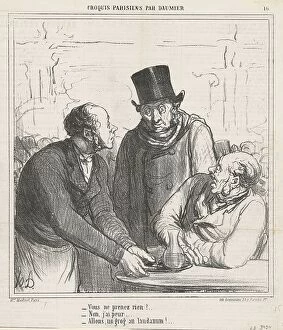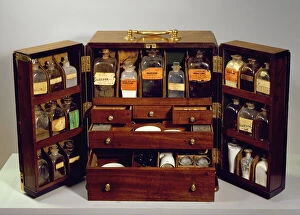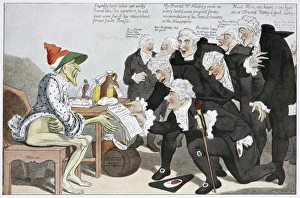Laudanum Collection
"Laudanum: The Dark Elixir of the 18th Century" In the captivating world of art, William Hogarth's masterpiece "Marriage a la Mode, Plate VI
All Professionally Made to Order for Quick Shipping
"Laudanum: The Dark Elixir of the 18th Century" In the captivating world of art, William Hogarth's masterpiece "Marriage a la Mode, Plate VI, The Ladys Death" tells a haunting tale. Painted in c. 1743, this oil on canvas depicts a tragic scene where laudanum plays a pivotal role. Laudanum, derived from opium poppy (Papaver somniferum), was widely used during that era as both medicine and poison. Opium poppies have long fascinated humanity with their delicate beauty and potent properties. Varieties like Papavero officinale were cultivated for their medicinal value while others like Anemone mexicana held mystical allure. Gromwell varieties such as Lithospermum species were also known for their medicinal uses. Laudanum itself was an opiate tincture made by combining opium extract with alcohol. Its sedative effects made it popular among those seeking relief from pain or insomnia but also led to addiction and abuse. Travelling pharmacies like the one depicted in the mahogany chest from c. 1820 carried various remedies including laudanum to cater to people's medical needs on the go. These chests became symbols of both healing and danger. The fascination with laudanum extended beyond art; even Punch cartoons featured its perilous allure in engravings such as "Fatal Facility: or, Poisons for the Asking. " This highlighted society's growing concern about easy access to dangerous substances. However, amidst its dark reputation, it is important to remember that not all medicines containing opiates were sinister. Travelling medicine chests crafted from wood around 1800 showcased how these substances could be responsibly stored and administered by physicians who genuinely aimed to heal.













